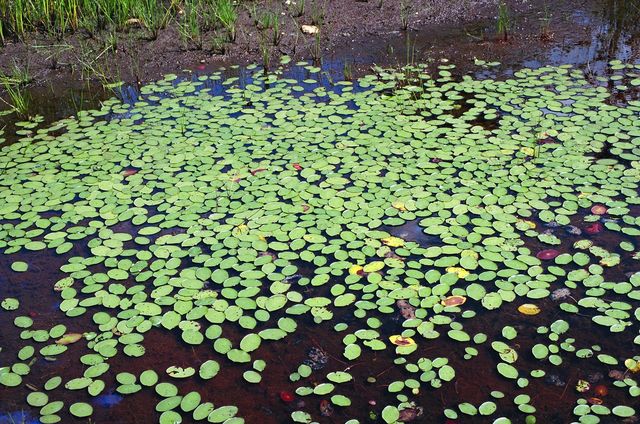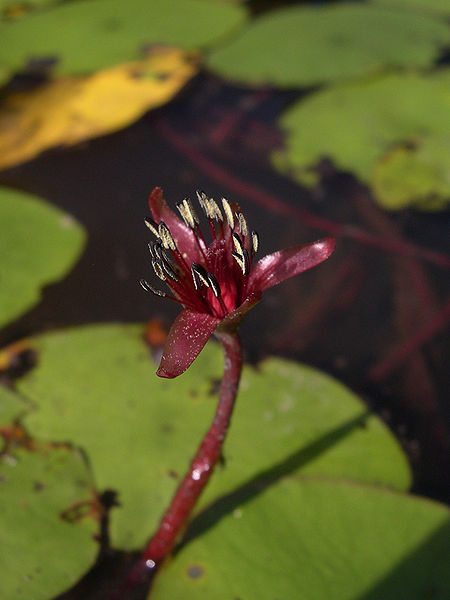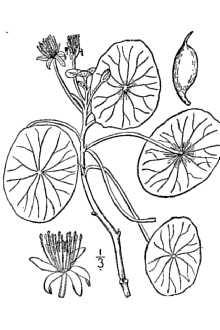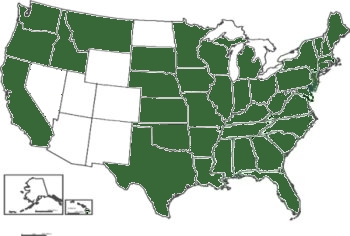Brasenia schreberi
  |
 |
Photo courtesy Renee Brecht, top, Wikicommons bottom |
Britton & Brown |
| Botanical name: | Brasenia schreberi J.F. Gmel. |
| Common name: | watershield |
| Synonomy: | Brasenia peltata Pursh Brasenia purpurea (Michx.) |
| Group: | dicot |
| Family: | Cabombaceae |
| Growth type: | forb/herb |
| Duration: | perennial |
| Origin: | native |
| Plant height: | up to or equal to 6', submerged |
| Foliage: | leaves floating, elliptic, 1-1/2-4-1/2", reddish brown, coated with "jelly" below |
| Flower: | solitary, reddish brown to dull purple, on stalks under 5"; flowers 1-1-1/4"; often does not bloom |
| Flowering time: | early June to August; fruit early July to late September |
| Habitat: | quiet waters of ponds, lakes, dammed streams |
| Range in New Jersey: | statewide |
| Heritage ranking, if any: | n/a |
| Distribution: |  |
| Misc. | Stone, in 1910,
says "A very characteristic species of the old milldams in the Pine
Barrens, though its smaller peltate leaves and little maroon colored
flowers are not nearly so conspicuous as the showy blooms and large
leaves of the true Water Lilies. The petioles and buds are encased in a
thick coating of jelly-like mucilage"(443). Brasenia, for Christoph Brasen, 1774, Moravian missionary and botanist in Greenland; schreberi, for Johann Christian Daniel von Schreber, 1739-1810. Waterfowl eat the seeds, leaves, and underwater stems. The young leaves are edible: in Japan, it is an ingredient of miso-shiru. According to the Flora of North America, Brasenia is known from a European fossil record although it is not known to grow there currently. Wind pollinated. |